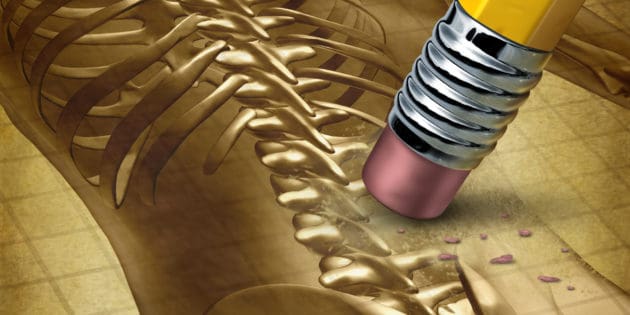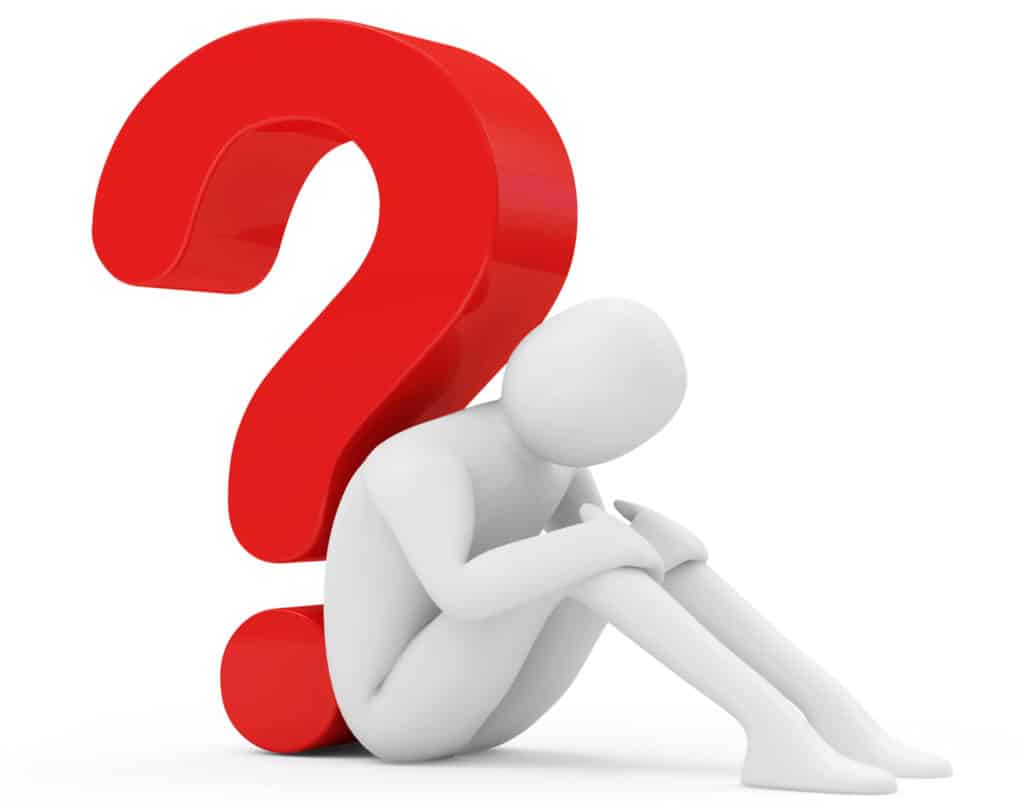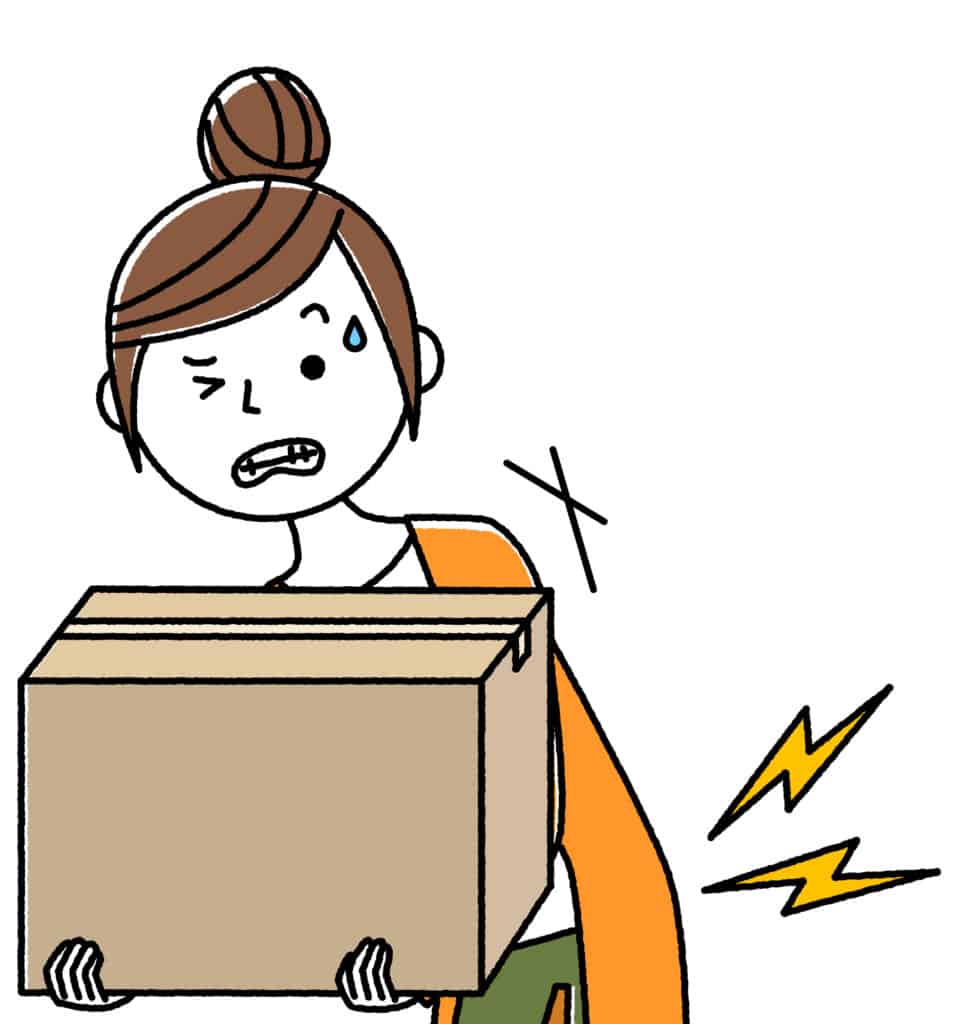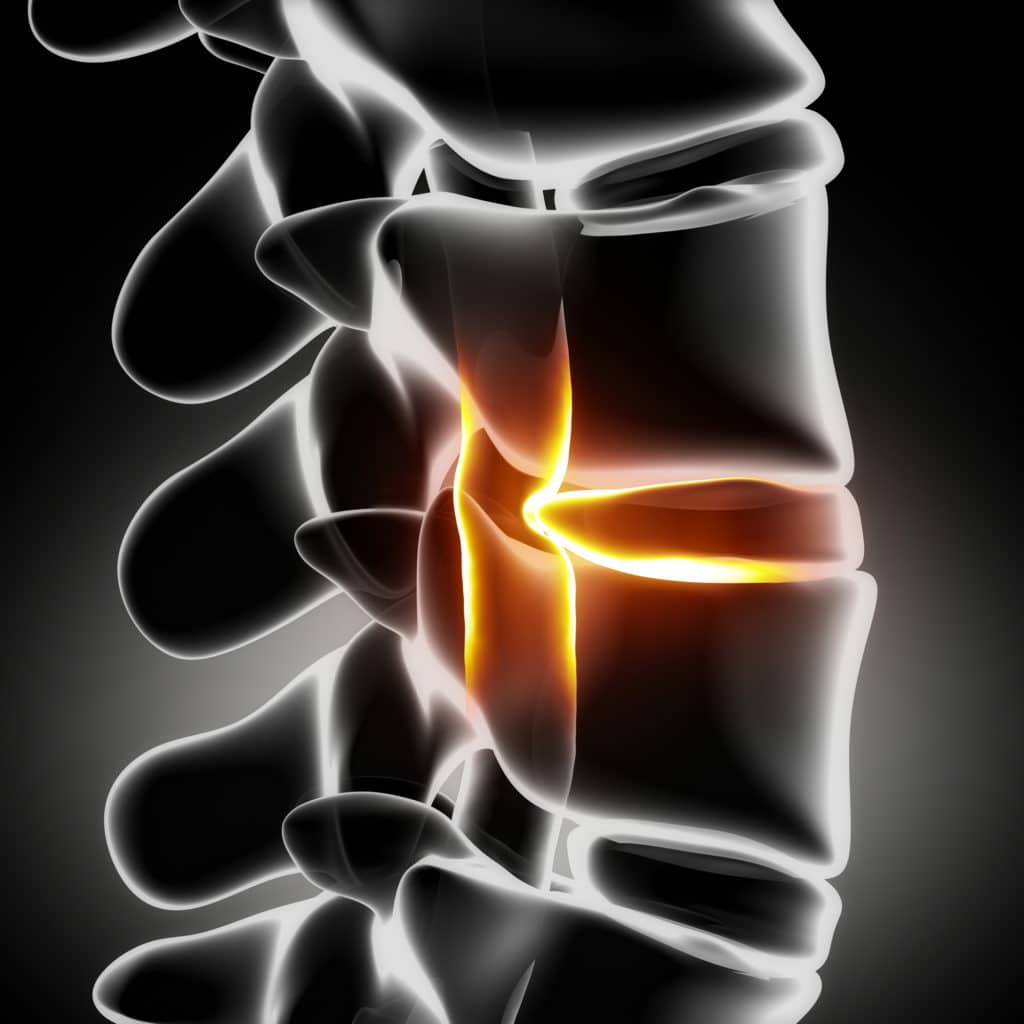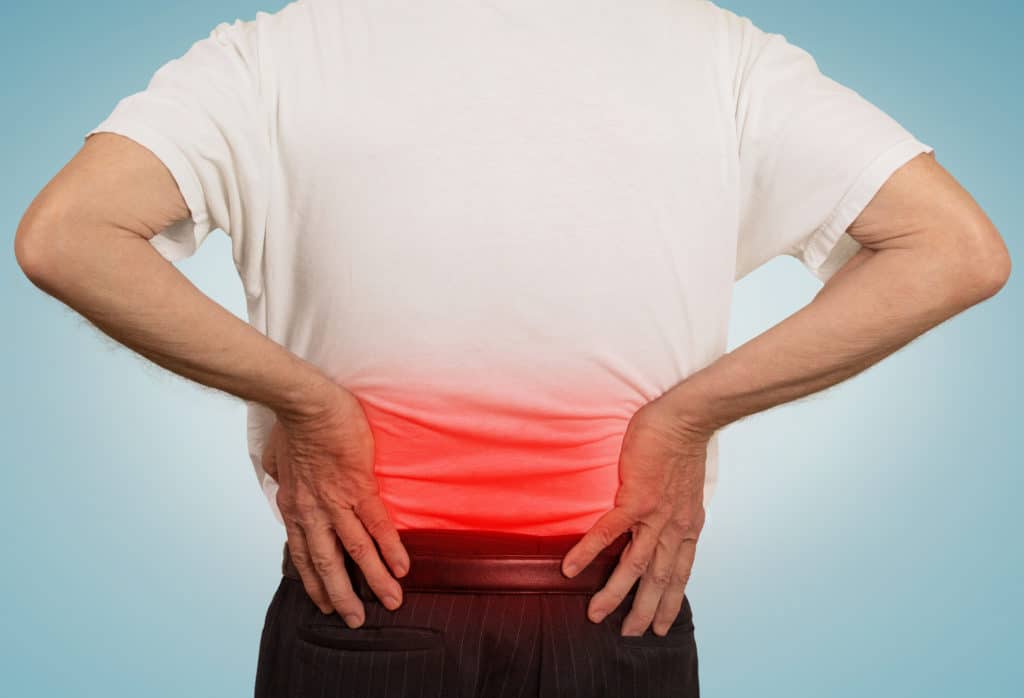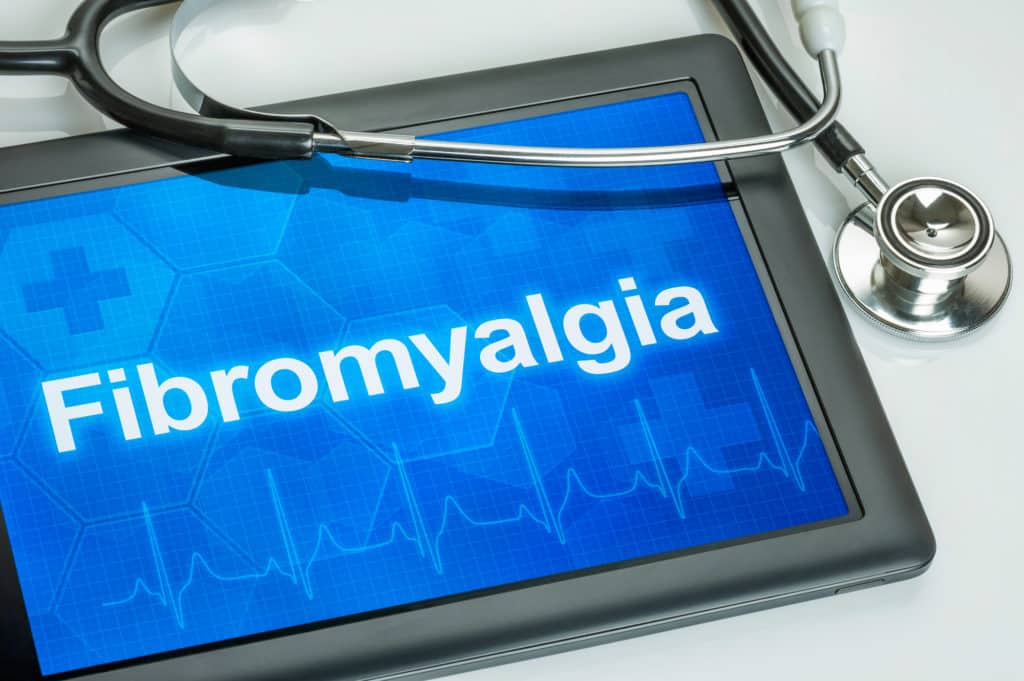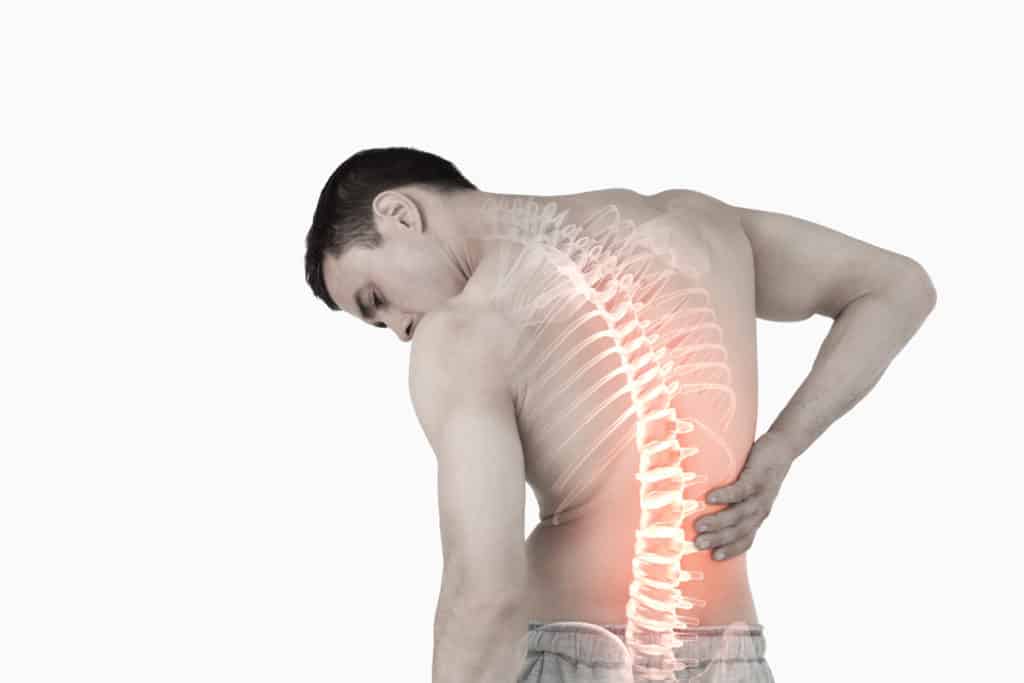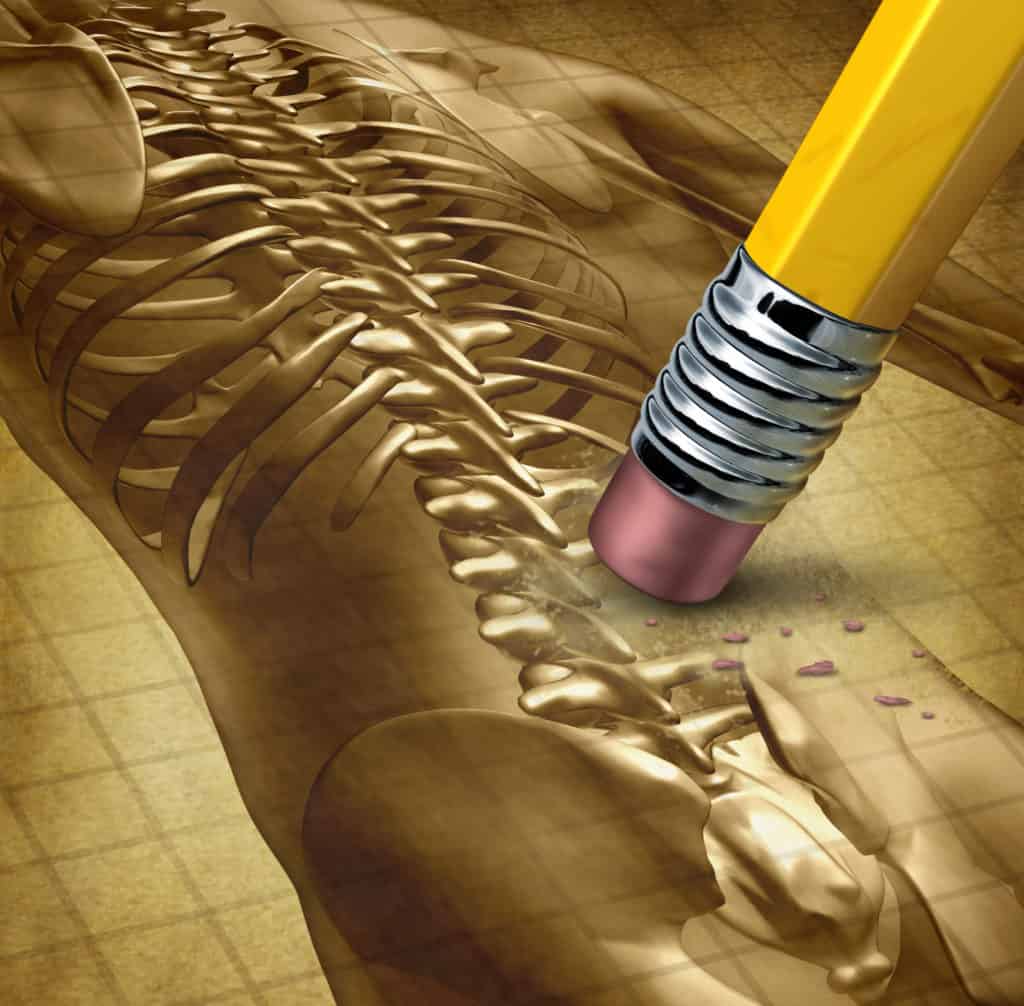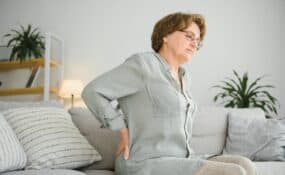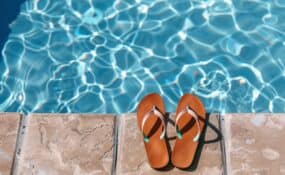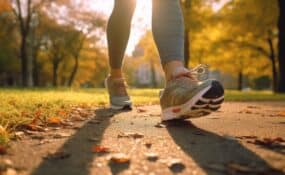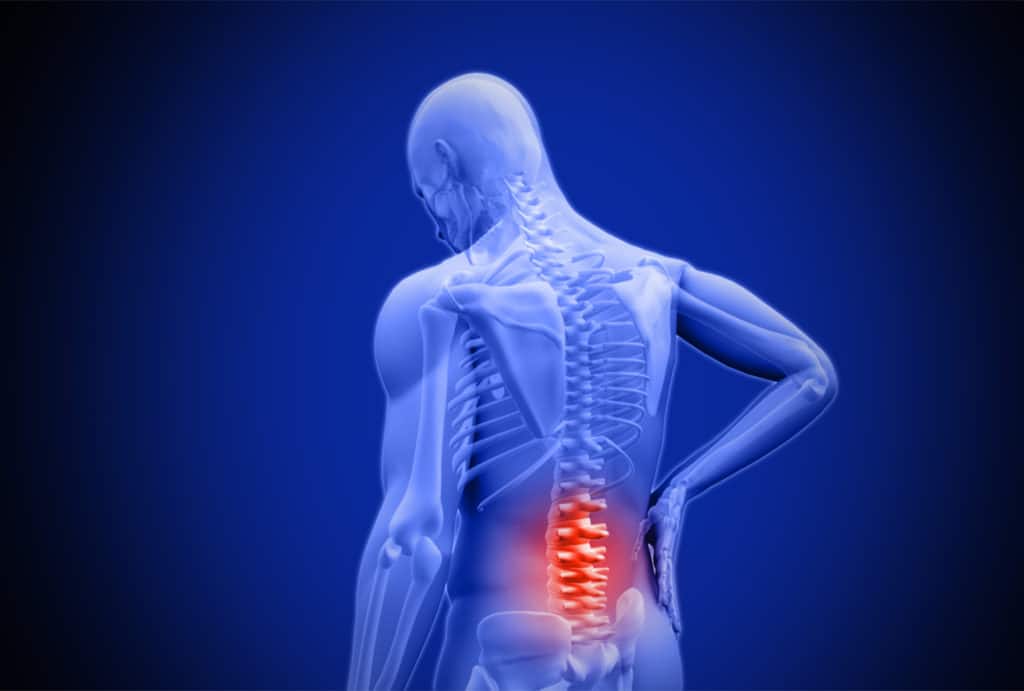
How common is lower back pain?
The answer: very!
Dull, throbbing pain in the lower back that never seems to go away remains one of the Western world’s most common health problems.
Nearly 65 million North American residents can report a recent episode of back pain. At any one time, some 16 million adults (8% of all adults in the U.S.A) are going through chronic back issues. That’s a lot of people suffering, and the majority don’t even seek help.
They believe that the back pain will go away. They will wake up one day, and that life-stopping chronic pain will have miraculously cured itself. However, that day never comes. Instead, people get hooked on prescription drugs, and come to depend upon painkillers.
This dependency on painkillers only masks the problem, it doesn’t solve the issue.
It’s not all lost, though. Physical therapy helps to address the pain and discomfort at the source, and remains your best option for returning to a normal life.
But what is causing your lower back pain?
Common causes of chronic lower back pain vary, but include trauma from past injuries, strained muscles, and poor posture – mainly when working at a desk, slouching while driving, or simply exercising a lack of movement.
There are more serious issues that can result in chronic lower back pain, too. A herniated disc, or encroaching arthritis can cause fairly serious discomfort. Sometimes, surgery is required to fix the problem.
However, surgery on your back can prove to be risky, or – in some cases – dangerous. Therefore, we’d recommend seeking a diagnosis to get you on the correct treatment path. That being said, even if the underlying cause cannot be entirely cured (such as arthritis), physical therapy allows your condition to be fully managed.
Your condition should never stop you from enjoying life. And that’s where we can help.
So, What’s Causing My Lower Back Pain?
There’s a whole range of conditions that can cause lower back pain – also referred to as backache, back trouble, lumbago, or having a ‘bad back’.
Firstly, there are degenerative spine conditions to investigate. These issues are most commonly related to age. It’s part of life – as we get older, our structure can start to weaken and become brittle.
Vertebral disc damage is one of the leading causes of our nation’s chronic back pain. This is where the cushioning material between the bones of the spine start to ‘dry out’.
Bone overgrowth can also occur, which results in the narrowing of the spinal canal.
Spinal canal problems can also stem from lost material in your discs, thickened ligaments, or what is known as ‘spinal stenosis’; a term that covers the crowding of the canal.
As we age, our bones often thin, and this sometimes causes an overall weakening and crumbling of the bone matter, as a loss of important minerals may take place over time.
A bacterial infection can also infiltrate the structure of your lower back, with inflammation occurring and emotional issues wading in for extra grief. Anxiety and depression have been linked to lower back pain, while Fibromyalgia can lead to lower muscle (and connective tissue) ache.
Pregnancy can also play a part in fresh back pain, with Polycystic Ovary Syndrome, ovarian cysts, and contractions resulting in dull/throbbing torment. Pelvic Inflammatory Disease (PID) also causes pain in the lower back, where a woman’s reproductive organs can become infected – often due to complications from sexually transmitted diseases.
Strains On The Lower Back
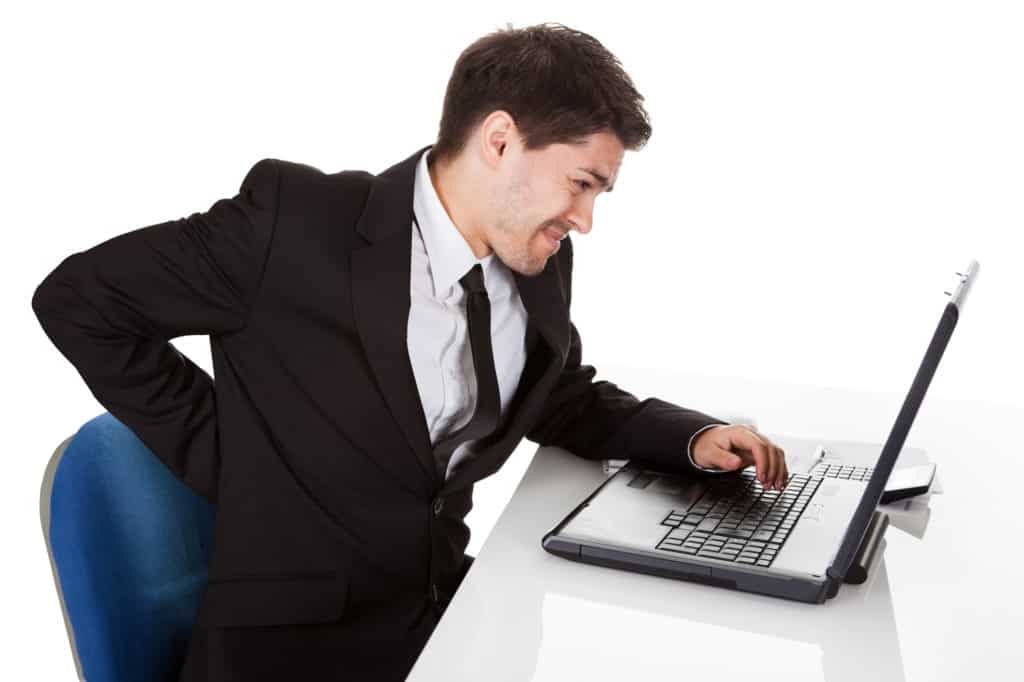
Twisting or ‘pulling’ your back is most commonly caused by lifting heavy objects incorrectly, suffering a mishap while playing sports, or overusing your back muscles in a short stretch of time.
Your weight can also cause back issues. If you are overweight, or obese, then your back muscles can be put under increasing pressure, which can lead into serious issues with mobility later in life.
So, What Symptoms Constitute A ‘Strained Back’?
Some patients report hearing a ‘pop’ when tearing their back muscles, just before shooting pain develops and continues to worsen as movement takes place. It’s fairly common to feel muscle spasming and cramps around the injury site.
In some cases, the back pain can feel less intense, but gradually grows to become more chronic in nature. Pain can last up to three months, but this period of suffering can elongate and become impossible to shift should professional help not be sought.
Should you want a professional diagnosis, your MD will look through your patient history and perform a physical examination. Oftentimes, you’ll be put forward for an x-ray to determine the cause of injury.
Herniated Disk & Lower Back Pain
Here’s the one that people dread. A herniated disk in the lower back stalks people’s nightmares, as the common consensus dictates such a condition means ‘game over’. That is not the case, however. So don’t panic!
The spine (also referred to as the backbone) consists of 26 bones known as vertebrae. In between these vertebrae are ‘disks’ – a jelly-like substance that cushions the bones and firmly keeps them in place.
When you suffer a herniated disk, these jelly-filled cushions rupture on the outer shell, and the substance seeps out to press on your nerve. This is what causes the blinding pain; nothing actually slips (despite the name)!
Just like tearing your back muscles, a herniated disk can occur during improper heavy lifting and ill-management of your physical activities.
Arthritis In The Lower Back
Arthritis is effectively a disease of your cartilage. In our joints where bones move with one another, your cartilage provides lubrication for pain-free movement – just like a shock absorber on your car.
When it comes to your backbone, you have cartilage between each vertebra. Arthritis of the spine (also referred to as osteoarthritis) occurs when the cartilage shrinks, which prevents the vertebrae from moving smoothly and operating as normal.
This can lead to serious lower back pain when trying to perform daily activities and routines, often resulting in a decreased social life and mental health issues, such as depression and anxiety when presented with social situations.
Fibromyalgia And Lower Back Pain
While the causes of Fibromyalgia remains largely unknown, physical therapy can still help you to manage the related back pain symptoms.
In essence, Fibromyalgia encompasses ongoing fatigue from musculoskeletal pain and tenderness to the touch. This condition can lead to depression and other mental health issues, and is most commonly seen in women.
Symptoms of Fibromyalgia include poor sleeping patterns, an inability to think through ‘brain fog’, and increased sensitivity to the elements – temperature, bright lights, loud noises, etc.
Am I Likely To Suffer Lower Back Pain?
This boils down to your lifestyle and inherited genetics. If you work at a desk all day, drive to work, and get no exercise, then your back muscles won’t bear the strength they require to prevent future problems, and you will suffer from a lack of circulation.
If you are over the age of 50 years old, then you are more susceptible to lower back pain problems. As explained throughout this article so far, our age usually catches up with us. The older you get, the more care and attention you need to pay when lifting heavy items or playing sports.
If you are physically unfit, then your back muscles will struggle to support your frame; especially if you are overweight. Smokers are also more likely to suffer lower back pain, as the habit of smoking affects your oxygen circulation, and can increase healing time after an injury.
When To See A Physical Therapist
Lower back pain can vary in terms of severity, depending on the cause. However, regardless of what’s causing your chronic discomfort, the team at Intecore PT can utilize physical therapy to help you manage your pain.
Most cases of lower back pain do not point to underlying serious illness, but we’d always recommend seeing your doctor if you’ve lost full control of your legs, have developed a fever or high temperature, cannot control your bladder, or feel concerned about cancerous growths.
As your lifestyle plays such a big part on your back health, if you can acknowledge that your lack of activity or lifestyle choices are resulting in lower back pain, then we can help you after only a few sessions.
You can get in touch with us through our contact page, book a free 20-minute discovery session, or get expert advice over the phone.
And remember, your back pain is nothing to feel ashamed about. We are here to help, never to judge, and always aim to get you back on your feet and back into the lifestyle you deserve.
You can visit our clinics in Foothill Ranch, Orange, Aliso Viejo, and San Juan Capistrano. We look forward to helping you get better!
- 5 Ways to Treat Chronic Back Pain Without Surgery - July 21, 2024
- 10 Back-Saving Tips for Gardening This Summer - July 14, 2024
- 5 Sciatica-Friendly Travel Tips for Your Summer Vacation - July 7, 2024

